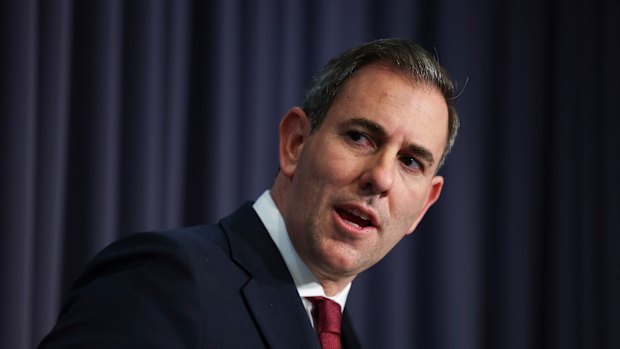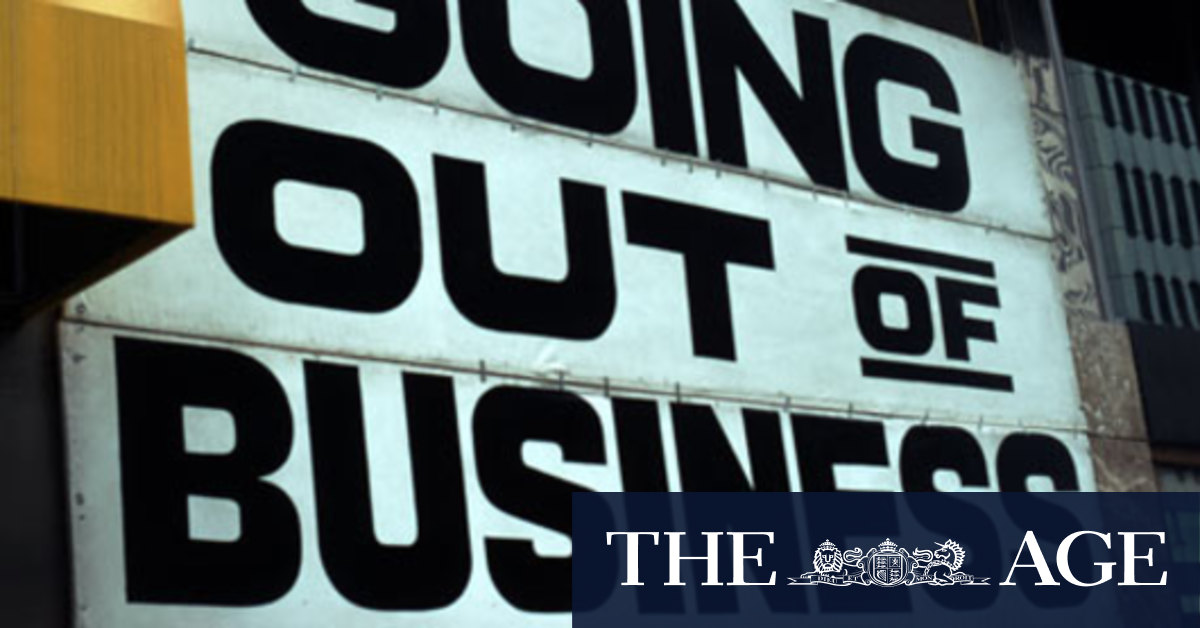Figures from the Australian Bureau of Statistics released on Wednesday showed the volatile monthly measure of inflation lifted to 3 per cent in August after being at 2.8 per cent in July. Monthly inflation had been at 1.9 per cent in May.
The August result was the highest since July last year.
While electricity prices fell by 6.3 per cent in August, due to subsidies helping households in the ACT and NSW, they have jumped 24.6 per cent over the past months. The end of most federal and state government handouts aimed at keeping a lid on power prices pushed up the annual inflation rate.
There are also signs of price pressures in the food sector, driven in part by events playing out overseas. Beef prices have increased 6 per cent over the past 12 months, while prices for lamb rose 9 per cent, with the bureau noting strong demand from international buyers plus supply shortages domestically were key factors.
But prices are easing in other sectors. Inflation in rents eased to its lowest level since November 2022 at 3.7 per cent. Early last year, insurance inflation was at 16.5 per cent, but is down to 2.6 per cent.
Underlying inflation, closely watched by the Reserve Bank, eased to 2.6 per cent from 2.7 per cent.
Treasurer Jim Chalmers said while there were ongoing economic headwinds, the inflation figures confirmed the progress made by Australia to bring down price pressures.

Treasurer Jim Chalmers says the Australian economy continues to defy global turmoil.Credit: Alex Ellinghausen
“The figures show the very substantial and sustained progress that we have made when it comes to underlying inflation. Despite the increased volatility in the global economy, underlying inflation is within the target range and that’s a promising result in uncertain times,” he said.
The Reserve Bank’s monetary policy committee meets next week. Markets, which had not expected any change to official interest rates after they were sliced to 3.6 per cent last month, now believe the bank is likely to ease monetary policy at its November meeting.
KPMG chief economist Dr Brendan Rynne said a rate cut in November was still a live option.
Loading
“The latest national accounts also show a continued relatively weak macro environment, so further rate cuts that help stimulate more private sector investment activity will also be a viewed positively across households and businesses,” he said.
HSBC Australia chief economist Paul Bloxham said the figures suggested the bank would keep rates steady next week.
“On the margin, the figures add just a little more risk that core inflation does not fall much further, increasing the risk that the RBA does not ease much further,” he said.
“Our central case is for two more quarter percentage point cuts in this easing phase – one in November and another in February 2026 – but we see the risk as tilted to fewer cuts than this.”
But Deutsche Bank Australia’s chief economist, Phil O’Donaghue, changed his call on when the Reserve Bank would next cut interest rates, dumping his expectation of rate relief in November.
“Given tentative signs of a slowdown in employment growth, and the risk that (the surprising) stickiness in third quarter proves transitory, we continue to expect additional policy easing in 2026, albeit at a slower pace than previously,” he said.
Cut through the noise of federal politics with news, views and expert analysis. Subscribers can sign up to our weekly Inside Politics newsletter.

